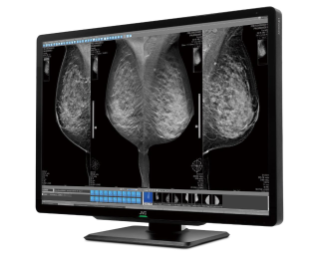National Cancer Center Hospital
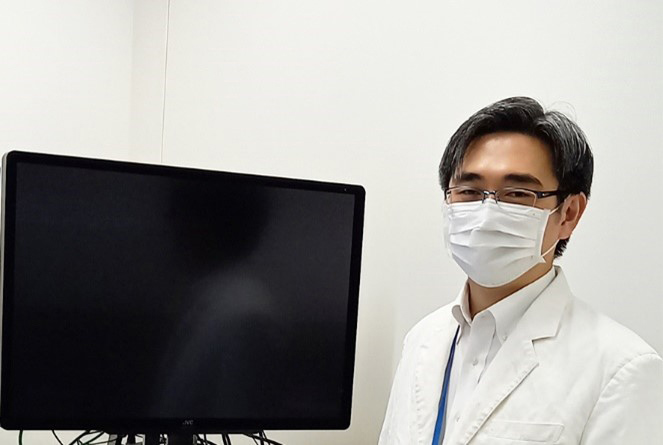
Dr. Mototaka Miyake (MD) Department of Diagnostic Radiology

Medical image monitors that provide an
optimal environment for medical AI
development
The National Cancer Center Hospital is developing medical AI.
To develop high-quality medical AI, it is important to create high-quality training data. However, the work to create high-quality training data is time-consuming.
This article introduces the reasons why Dr. Mototaka Miyake (MD), the assistant chief of Department of Diagnostic Radiology, introduced the i3 series "CL-S1200" and the effectiveness of introducing the CL-S1200.
Installed System
12-Megapixel 30.9-inch Color LCD Monitor CL-S1200
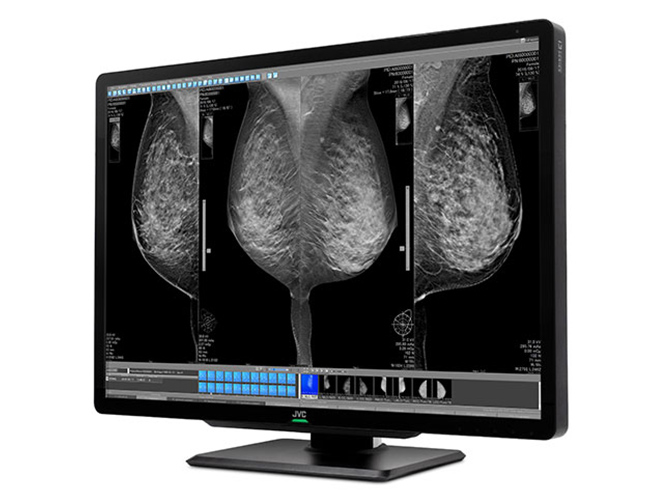
12 megapixel 30.9” Color monitor CL-S1200
Features of CL-S1200
● A Multi-modality monitor with the highest resolution in the medical monitor field
● Efficient display of two screens of mammography images and various medical images such as CT, MRI, ultrasound, and pathology with one unit
● The dynamic gamma function (Patent No. 627984) displays monochrome / color images with optimum gradation.
● Equipped with various functions to improve the work efficiency and reduce the burden on doctors. It also contributes to space saving.
Effectiveness of installation
CL-S1200 provides an environment in which you can
concentrate and work for long hours with less fatigue.
Q: Your specialty is diagnosis of gastrointestinal tract and bone and soft tissue tumor, and you are working on the latest diagnostic imaging research.
A: Yes.
I am working on the development of AI for them.
The CL-S1200 has been very useful in the process of AI development.
Q: Please tell us what you are developing.
A: We are developing medical image AI using machine learning techniques including deep learning. AI development to detect the region of cancer requires a large dataset of the region of interest (ROI). By using a medical-grade diagnostic monitor, we can develop AI in the same environment as in our daily work.
The quality of AI is highly dependent on the quality of the dataset. In order to prepare a good quality dataset of ROI, we need an environment that allows us to concentrate and work efficiently for long periods of time with little fatigue.
Q: What kind of monitor do you need for such an environment?
A: A monitor with good gamma correlation is required.
When creating ROIs, multiple images are displayed on the same monitor.
CL-S1200 is a large and a high-resolution monitor, and the CL-S1200's dynamic gamma function can display each image with the appropriate gamma.
Q: Is it clearly different from the monitor you used before?
A: Yes.
The reason I decided to introduce the CL-S1200 was that I noticed a difference between ROIs created using a general monitor and those created using the CL-S1200.
In addition, this model can display appropriate images not only for CT and MRI images, but also for mammograms and radiographs. This model can also display not only medical images but also various development tools at the same time without causing any problems.
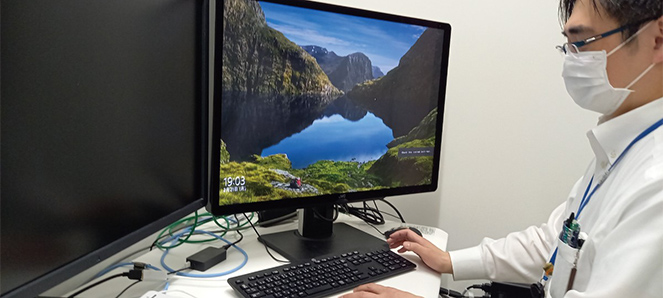
Q: How are the functions of this model?
A: The dynamic gamma function and auto text mode are very good.
When displaying not only medical images but also various development tools at the same time, the conventional monitor causes eye fatigue in a short time.
Since the introduction of this model, I can concentrate to create dataset of the ROI for a longer time. The large screen of this model allows various tools to be displayed on the same screen, improving work efficiency.
Q: What do you think the relationship between physicians and AI will be in the future?
A: Several AI-assisted radiological diagnostic imaging software products have already been approved. We, diagnostic radiologists, are now in the era of managing AI as part of our work. We need to recognize that medical-grade diagnostic monitors are also important devices for AI management.
Q: AI will "grow" as it is used in clinical practice, won't it?
A: Ah... I should not say "growing" but "adapting to changes in the external environment". AI does not necessarily show the same performance against new diagnostic equipment as it did in the past. For AI to maintain its performance, it must continue to learn new data. In addition, long-term verification is necessary to examine whether the output of AI was correct or not. We need to continue to evaluate and maintain the performance of AI in parallel with our daily clinical work.
In the future, I expect that medical-grade diagnostic monitors will occupy an important position not only as an appropriate display of AI detection results, but also as an important management tool in the maintenance of dataset.
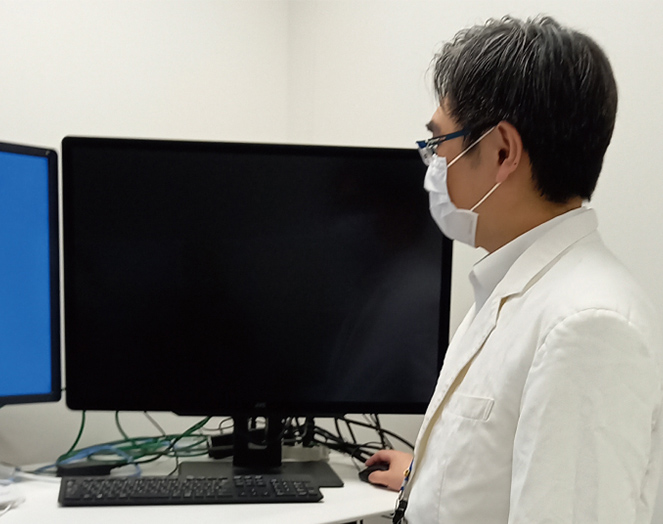
Q: Finally, what are your expectations for JVC in the future?
A: One of the key issues is to optimize monitors suitable for the medical imaging AI development environment. In the future, various AI applications will run on each departmental system. More windows will appear on the screen than now.
It will be important to develop an optimal screen display method for individual physicians.
We hope that your company will propose a new type of monitor for the new era.
User’s profile

One of the original units of the National Cancer Center, the National Cancer Center Hospital (NCCH) has led the nation’s cancer care and research since its establishment in 1962, upholding its mission of ‘providing best medicine to all citizens, working with the public.’ Designated as an incorporated administrative agency in 2010, our world-class services as the nation’s cancer medicine core, develop new, more effective, safer treatments. Having been designated a global clinical trial core center in 2015, and subsequently a cancer genomic medicine core hospital in 2018, we provide precision medicine as part of a network, through a collaborative relationship with other medical institutions.
National Cancer Center Hospital
https://www.ncc.go.jp/en/ncch/index.html
